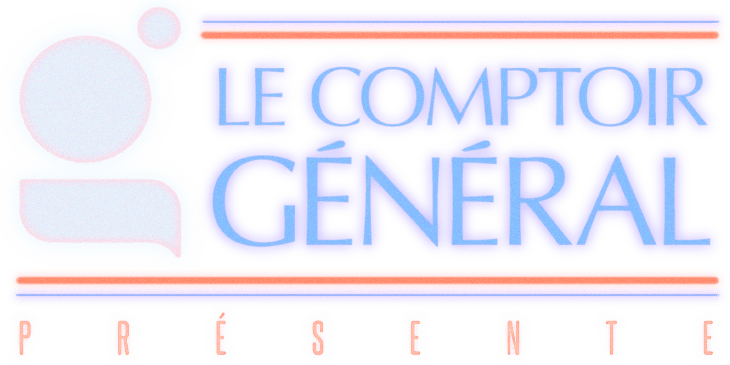
Angling in books
Angling in books

Less than hunting, angling is nevertheless a theme that for several centuries has filled and continues to fill pages and pages of practical treatises, compendia, dictionaries, encyclopedias and sometimes even stories, short stories, novels and, alas, too rarely masterpieces.
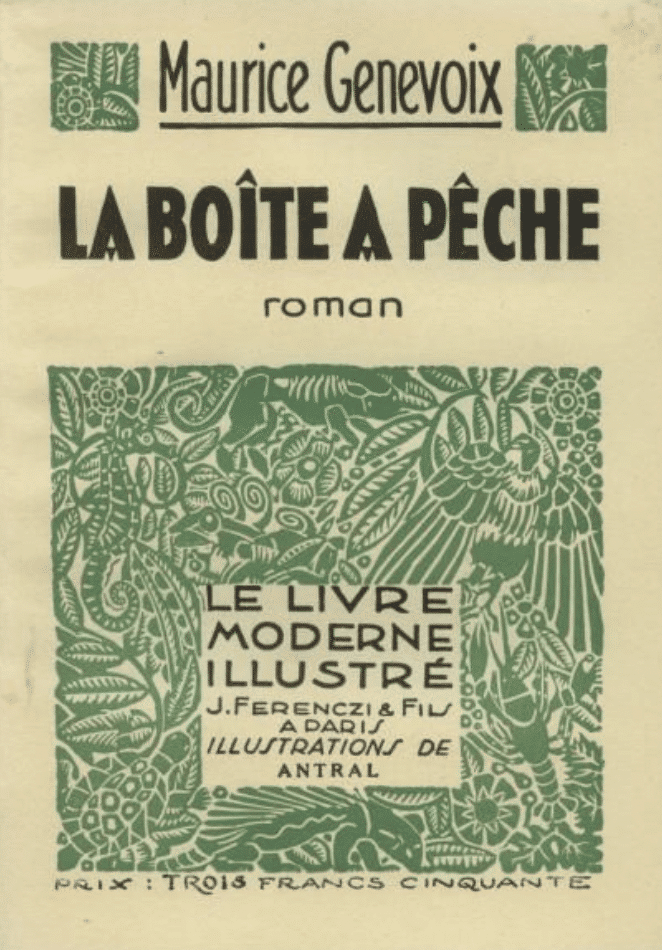
Here again, contrary to what is known on the other side of the Channel or on the other side of the Atlantic, French angling literature is very poor. At the most, one could cite four or five books of interest, published between the end of the 18th and the beginning of the 20th century. As far as fly fishing is concerned, let’s note nevertheless that the period from 1930 to 2000 is one of the most fertile and enriching, as far as good books in French are concerned.
We can roughly classify fishing books in two categories, which represent quite exactly what the reader is looking for. Practical, technical, learning or improvement books, in which he will find advice, tips, tricks, which he hopes will make him a better practitioner, and literary books, one could say, in which he will seek above all sensations, the pleasure or the emotion of reading a beautiful text related to his passion.
In French, only “La boite à pêche” deserves the title of masterpiece.
Rare, very rare indeed, are the books where one finds both at the same time. In the field of angling and writing, one finds either good writers who unfortunately are poor fishermen, or excellent fishermen who most of the time cannot write. If this shortcut is a bit abrupt, let’s recognize nevertheless that exceptionally indeed, the two talents are gathered under the same hat. In the French language, there was Genevoix, who, if we refer to this masterpiece of writing that is “La boîte à pêche”, could only be an excellent practitioner in fresh water.
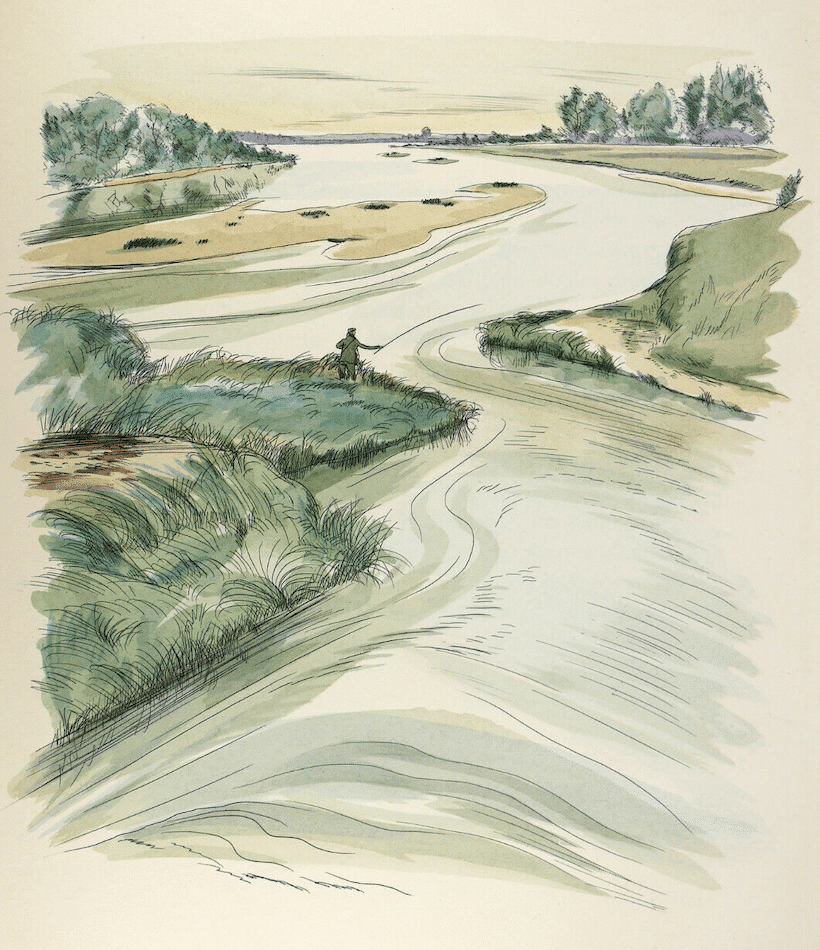
In the deluxe edition of "La boîte à pêche", splendid watercolors of the banks of the Loire by Gaston Barret illustrate the book beautifully.
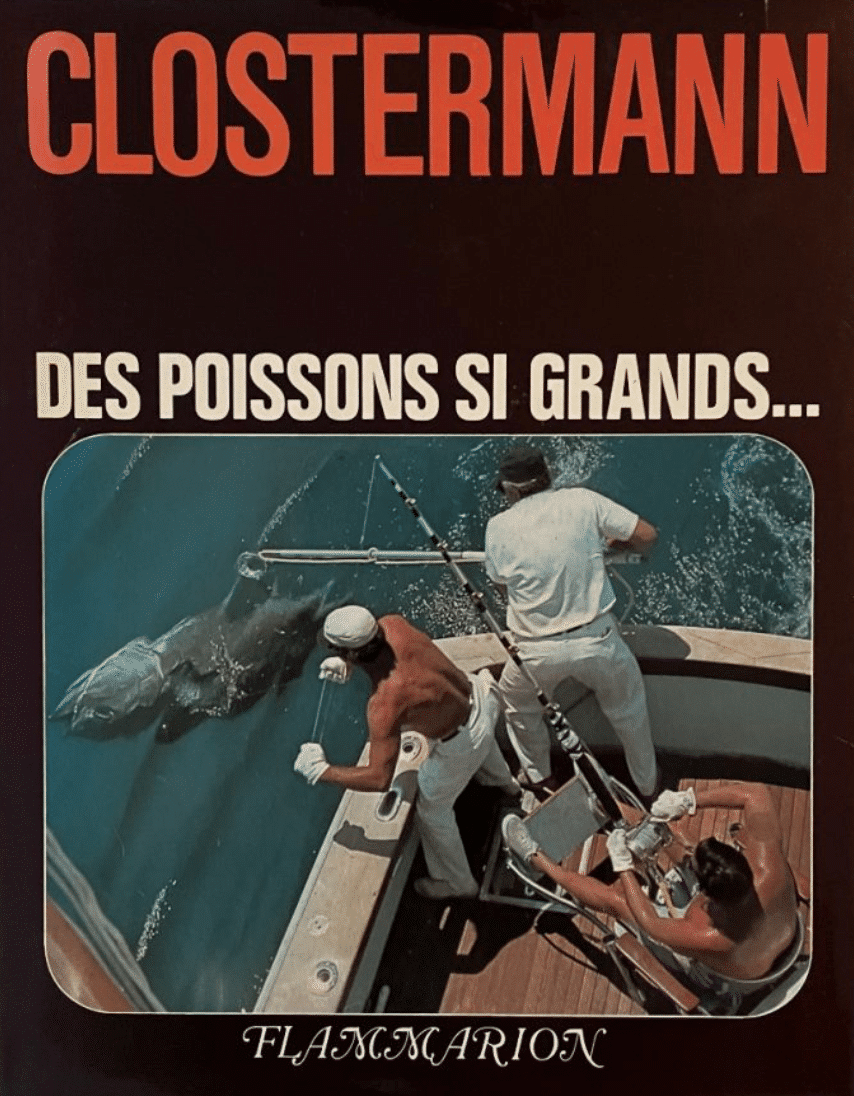
In salt water, I can only think of Pierre Clostermann, whose several world records for tarpon, marlin and swordfish are proof that he was not only able to imagine or write brilliantly about the capture of “such big fish”. Certainly, due to the fact that angling is a sport much more practiced in the Anglo-Saxon countries than in the Latin countries, the good English or American “fishing writers” are much more numerous. We will only mention Hemingway, who won the Nobel Prize for Literature with a fishing book: “The Old Man and the Sea”, and whose technical contribution to sport fishing, as well as to the knowledge of large marine fish, such as marlins, was undeniable.
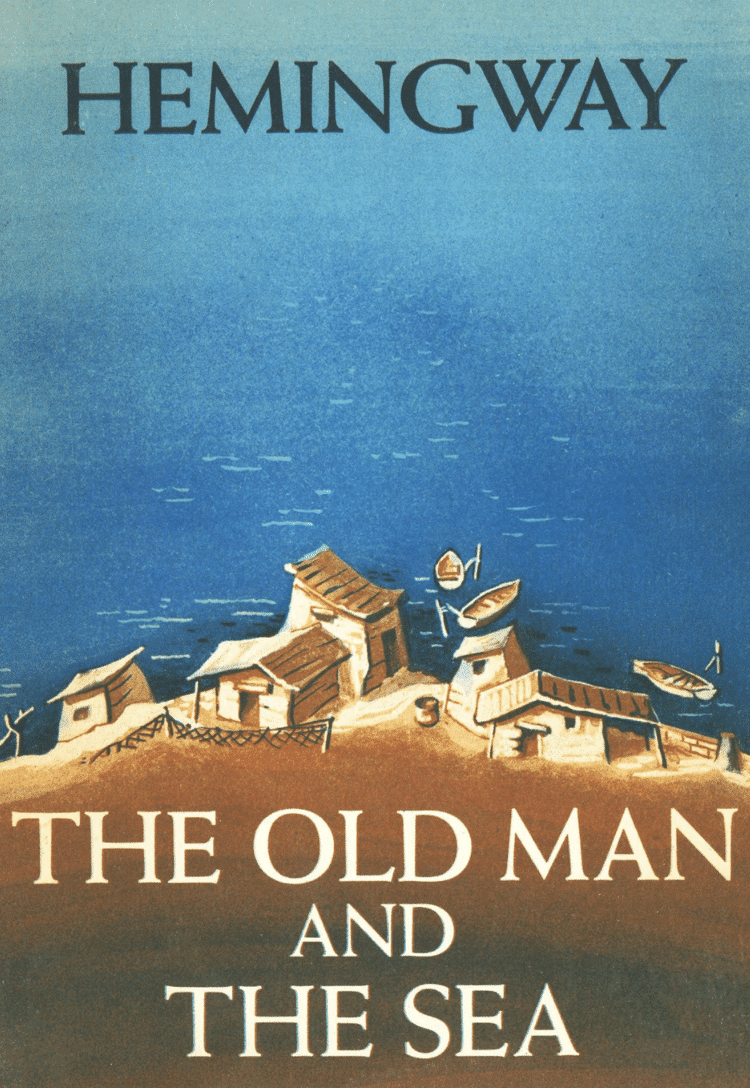
"The Old Man and the Sea" in the original American edition, earned its author the Nobel Prize for Literature.
Some fishery books, even very old ones, can be instructive.
If angling books falling into the first category, which we have qualified as practical, technical or learning books, are infinitely more numerous, especially since the beginning of this century, than literary books, there are however only a few that deserve a place, if not on the shelves of a library, at least in an angler’s bag. You may say that technical books do not age well and that practically all those published more than twenty years ago are no longer relevant today or in phase with the evolution of equipment and knowledge of the water world. Let’s detour, because as far as hunting and fishing are concerned, some advices given in the past centuries, even in the Middle Ages, by some good authors, are still valid today, and I would even say that it would be a good idea to re-imbibe them.
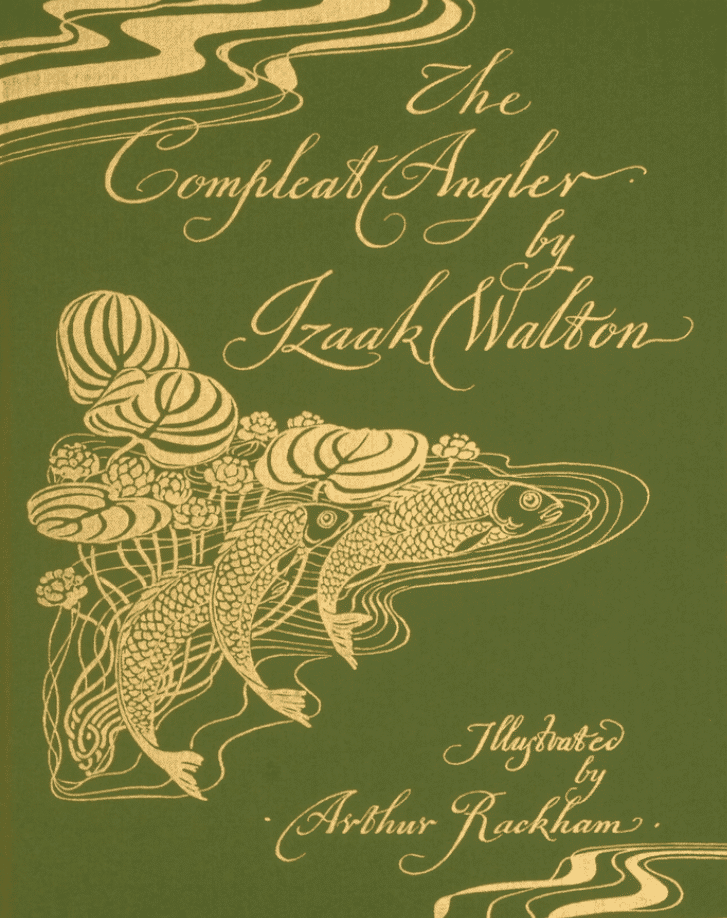
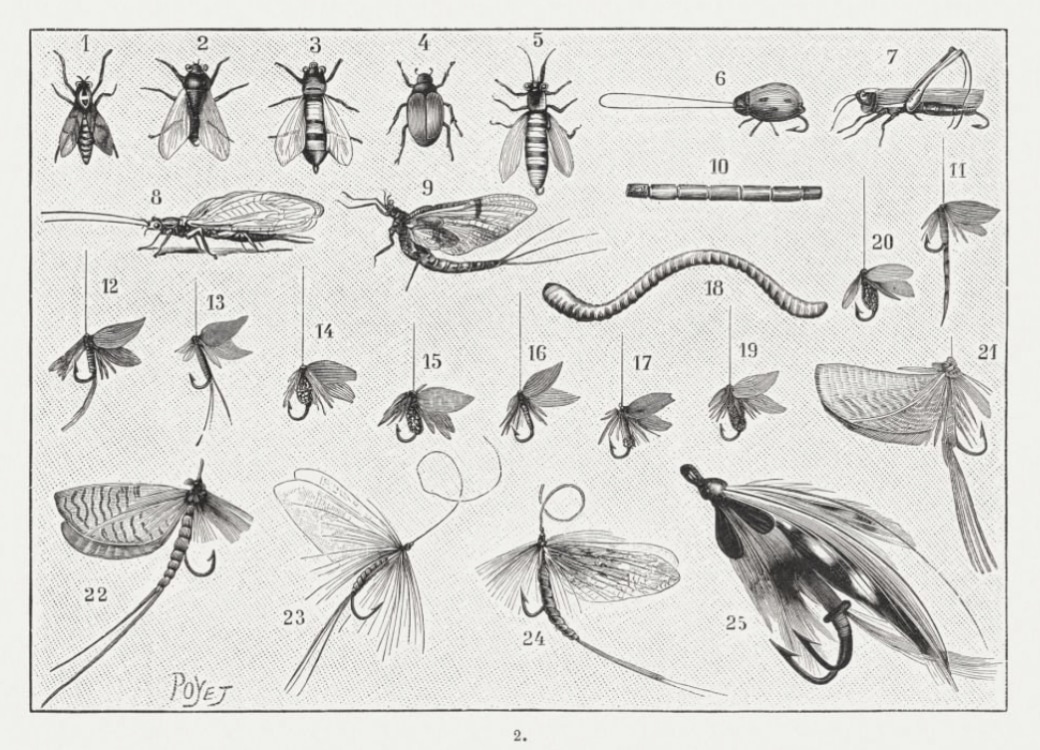
In the 2nd edition of the "French Fisherman" in 1830, Kresz deals with fly fishing for trout, salmon and grayling.

Plate of the "French fisherman" of Kresz, "manufacturer of ustensils of fishing and hunting", which of the Mégisserie, about 1830.
The ancients knew how to observe nature, game and fish. And the rudimentary equipment they had at the time to try to capture them, had to be permanently supplemented by a perfect knowledge of their habits and a perfect approach. In “Le pêcheur français” of 1818, Kresz explains, in the chapter on pike, the technique of mort-manié as it was rediscovered by Albert Drachkovitch, a century and a half later. Many of Albert Petit’s tips from the beginning of the last century are still very valid for dry fly fishing, even if carbon fiber has replaced split bamboo and nylon the gut leaders. These two “practical” books, among many others dating from the XVIII th century, are also written in an admirable language. Let us agree, however, that there are more recent and nevertheless correctly written treatises on spearfishing, casting or fly fishing. But there are few of them.
Three quarters of a century after their publication, Barbellion’s books remain relevant.
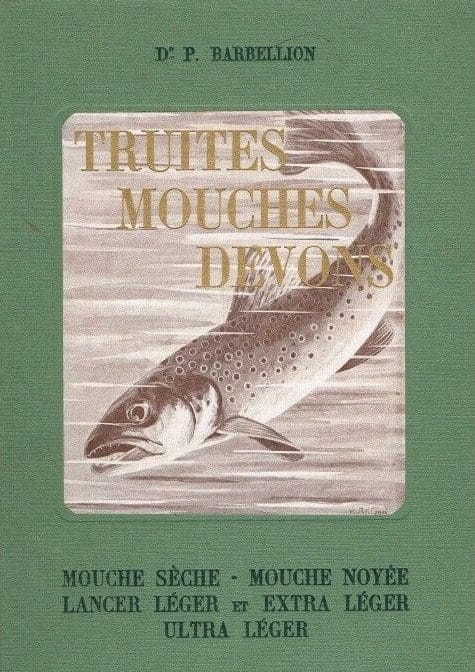
Dr. Barbellion's 1181-page book remains, almost three-quarters of a century after its publication, a must-read for any salmonid fly or spin fisherman.
Among the abundance of this type of work in the twentieth century, and more particularly since 1950, only twenty or so in our opinion deserve to be considered. In fact, if we stick to the authors, there are only a dozen or so. Let’s mention in alphabetical order Barbellion, de Boisset, Burnand (who knew he was a bad practitioner, but explained the techniques of others), Decantelle, Duborgel, Limouzin, Matout, Pequegnot, Phelipot, Ritz, Vavon and Venesmes. Here are the good ones of the XXth century and let us notice that since the end of the sixties (pivotal years of the modernization of the angling techniques with the appearance of the fiberglass then of the carbon, the nylons, then of the fluorocarbon and the facilitated automobile displacements for all the fishermen…), they are only three in the list above to have, in our opinion, brought a small stone to the halieutic building.

The always indispensable book for the dry fly fisherman.

As early as 1939, Tony Burnand and Charles Ritz, had published the basics of fly fishing.
But then, what about the dozens and dozens of books, treatises, practical encyclopedias that have been published every year for the last twenty years and that each major publisher offers with a lot of four-color printing on the shelves of bookstores and supermarkets. Well, for the most part, they just rehash and add (but not always) more modern photos, what had been much better said and explained by Barbellion, Ritz or Duborgel.
For light, ultra-light or medium-heavy casting, Barbellion is a must. If this author has not known carbon fiber, his books remain surprisingly modern. It is true that in more than one fishing field, he was an extraordinary precursor. To read or reread: “Lancer léger et poissons de sport” first published in 1941 and “Truites, mouches, devons” dating from 1948. After Barbellion, we must still mention Duborgel, who before living from his pen, sold (it was authorized at the time) the fish he caught with his rod and line. Here is an author who knows what he was talking about, having fished on all waters and in all weathers in search of all species. If I had to read only one practical book, it would be in my opinion “La pêche et les poissons de rivière” published in paperback as soon as 1955. Reissued again last year, this book has not aged a bit in seventy years.

Published in paperback in 1955, this book is still published today.
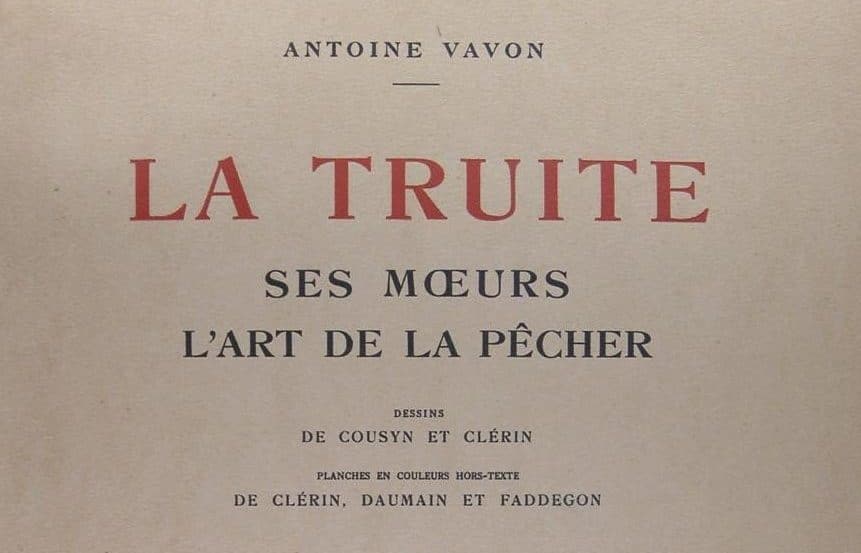
Printed in 650 numbered copies in 1927, the "Vavon" is best known for its invaluable lithographed insect plates.
For the fly, the field is a little richer. Let’s mention the monographs on trout and grayling by de Boisset, “A la mouche” by Burnand and Ritz, “Truites, mouches, devons” again, by Barbellion, “L’art de la pêche à la mouche sèche” by Pequegnot, “Pris sur le vif” by Charles Ritz and finally the famous Vavon, whose splendid lithographed plates have been admired by everyone, but that very few have read. …Of course I’ll go on, with some good ones, but with these seven books, you will have done the tour, if not of aquatic entomology, at least of the technique and practice of whip fishing.
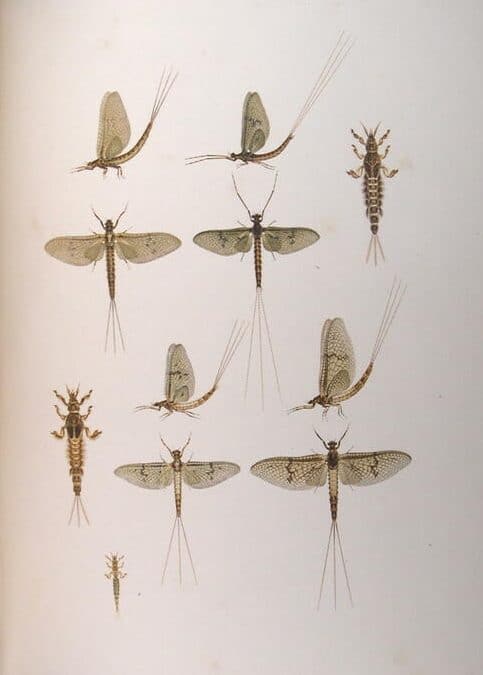
One of Vavon's lithographs devoted to diptera, trichoptera and perlidae, terrestrial or aquatic insects appreciated by trout.
As for the beautiful texts talking about angling, the tour d’horizon in French language is even faster done. La boite à pêche by Maurice Genevoix, published by Grasset in 1926, dedicated “to the Internationale of anglers” and republished dozens of times since, as we said, is the masterpiece of fishing. Closer to us and in another register, “Les pieds dans l’eau” by René Fallet, is worth a visit. Finally, I do not hesitate to recommend some “de Boisset” like “Ecrit le soir”, “L’ombre”, “La truite, poisson de grand sport” and the remarkable “Poissons des rivières de France”. Beside these works entirely devoted to fishing, we will have to be satisfied with a few short stories by Maupassant, or with a chapter gleaned from here and there, like the one devoted to trout fishing in “Si le grain ne meurt” by Gide.
*Halieutics: referring to angling. Origin: “Les halieutiques ou la pêche” is the title of a very long poem of twenty thousand verses (20 000) that Oppien, at the end of the IInd century A.D., dedicated to the emperor Septime-Sévère.
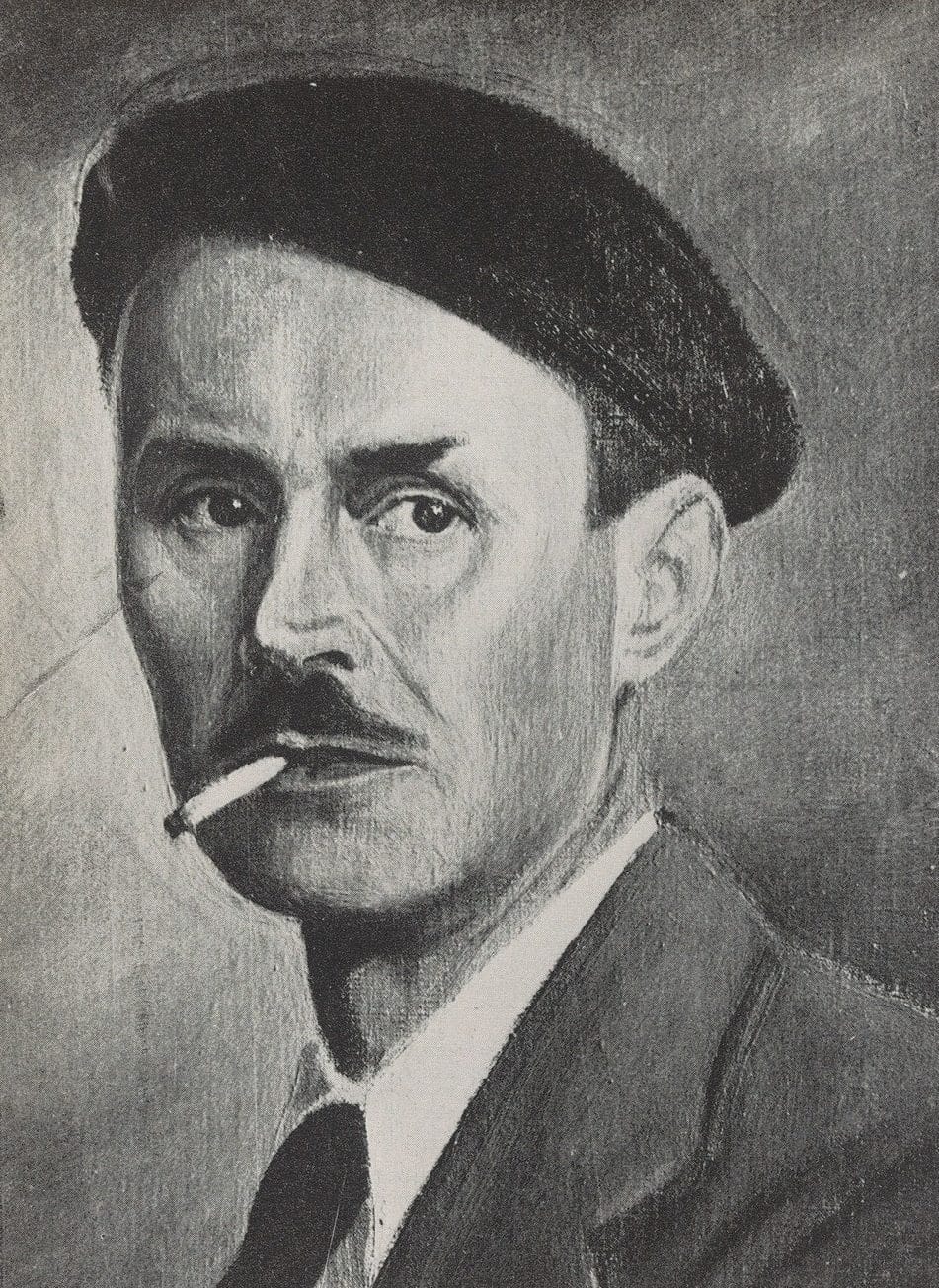
Maurice Genevoix, hero of the Great War, passionate fisherman, was for 30 years perpetual secretary of the French Academy.
